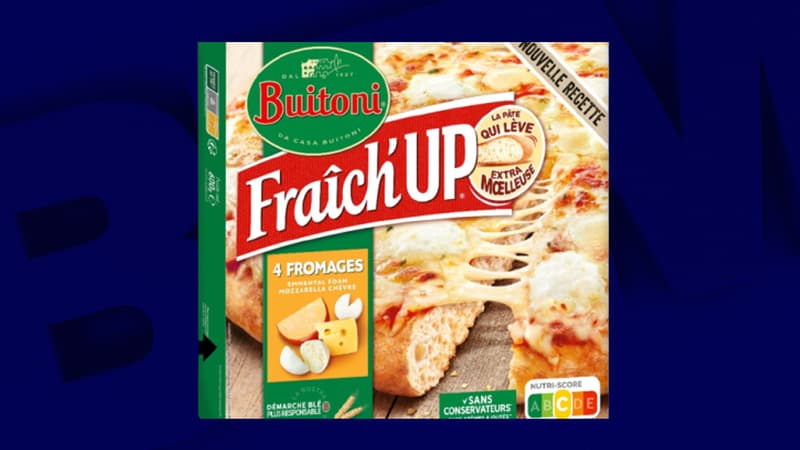Since the end of February 2022, France has experienced an increase in cases of haemolytic-uremic syndromes (HUS) related to contamination with Escherichia coli bacteria. These cases, which cause kidney failure, occur in children. Two of them died as a result of these contaminations. In fact, there is a link between Buitoni (Nestlé) brand pizzas and some of these recent contaminations, health authorities have announced. The analyzes “have confirmed a link between several cases and the consumption of frozen pizzas from the Fraîch’Up range of the Buitoni brand contaminated with the Escherichia coli bacterium,” the General Directorate of Health, which depends on the government, wrote in a press release. . What pizza is affected? A massive recall of the Fraîch’Up range took place in mid-March. Consumers who have Buitoni brand Fraîch’Up pizzas are invited to “not consume” and “destroy” them. “It is also recommended that people who have frozen pizzas in their freezer that have been separated from their box, and whose range and brand cannot be formally identified or clearly known, do not consume them and destroy them,” specify the health authorities. In the wake of this case, Nestlé said in late March that tests carried out at its factory in Caudry in the north, which produces some of the Buitoni-brand pizzas that were contaminated, came back negative. “The priority” for the company now is to find the source of the contamination, explained Pierre-Alexandre Teulié, general manager of communication for Nestlé France. Professor François-Xavier Weill, who heads the Pasteur Institute’s reference center that sequences all E. coli cases in France, wonders in particular about “the flour used for pizza dough.” There is also the question of cooking these pizzas because the most common mode of E.coli contamination is the consumption of “raw or undercooked” food. The health authorities recall the need to consult a doctor in the event of diarrhea, abdominal pain or vomiting within the ten days following the consumption of the pizza. The consultation is also essential if after fifteen days signs of great fatigue, paleness or decreased urine volume appear, which darkens. “In the absence of symptoms within 15 days after consumption, it is also remembered that there is nothing to worry about,” concludes the General Directorate of Health. Escherichia coli, known as E.coli, actually refers to a whole family of bacteria, which are far from dangerous to health. On the contrary, they are present in large numbers in the digestive system where some of them play a role in the proper functioning of the body. But certain varieties of E.coli can, on the contrary, cause poisoning. In most cases, these are “shiga toxin-producing” varieties, as is the case with this recent wave of French contamination. If these poisonings usually pass without damage in about ten days, in rare cases they can cause complications, most often a “hemolytic-uremic syndrome” (HUS), especially in young children and the elderly, with potential consequences such as coma or death. . . “It is estimated that, in up to 10% of patients, infection by E. coli (producer) of shigatoxins can progress to HUS, with a fatality rate of 3 to 5%,” summarizes the World Health Organization ( WHO).
Source: BFM TV


